View all Standards for Florida Sunshine State Standards
TH.912.S.1.5 Write monologues, scenes, and/or short plays using principles and elements of writing found in dramatic literature.
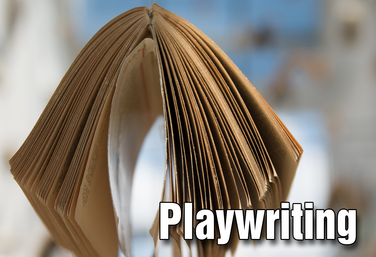
Part of the Drama One Curriculum
Playwriting
by Karen Loftus
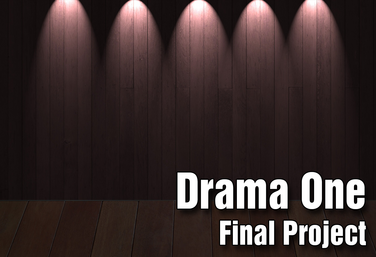
Part of the Drama One Curriculum
Drama One Final Project
by Karen Loftus

Monologue Writing Made Easy
by Matthew Banaszynski
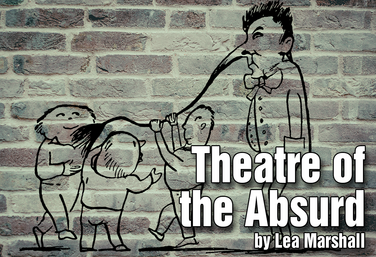
Theatre of the Absurd
by Lea Marshall
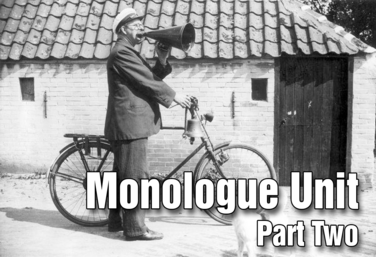
Part of the Drama Two Curriculum
Monologues - Part 2
by Matt Webster
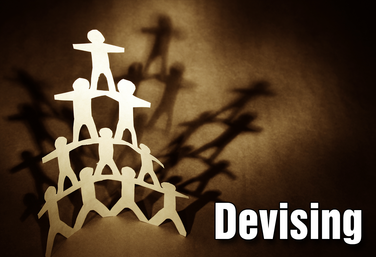
Part of the Drama Two Curriculum
Devising
by Corinna Rezzelle
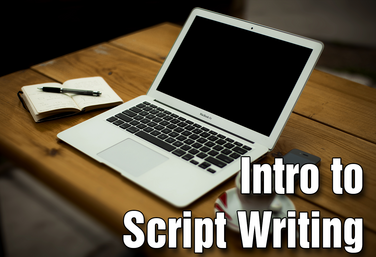
Part of the Middle School Curriculum
Unit Five: Intro to Script Writing
by Lindsay Johnson
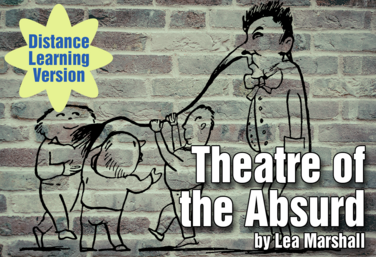.png)
Part of the Distance Learning Curriculum
Theatre of the Absurd
by Lea Marshall
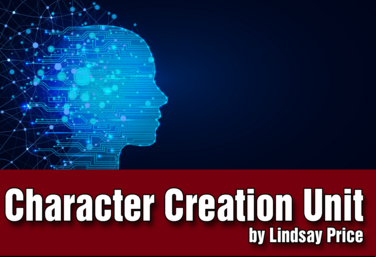
Character Creation: Superhero Series: Multi platform
by Lindsay Price and Kerry Hishon

Perspective Taking
by Lindsay Price

Decolonizing Monologues
by Nicholas Pappas

Theatre Radically Reimagined: Exploring Artaud, Grotowski, and Boal
by Ruthie Tutterow
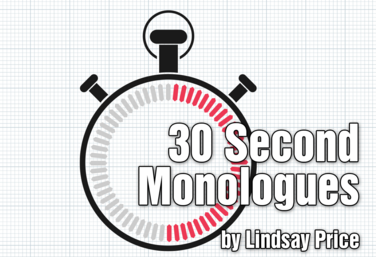
30 Second Monologues
by Lindsay Price
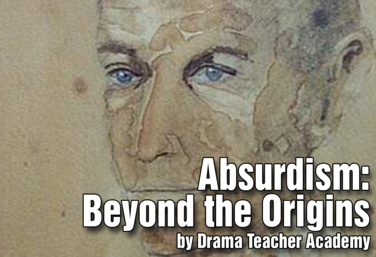
Absurdism: Beyond the Origins
by Drama Teacher Academy
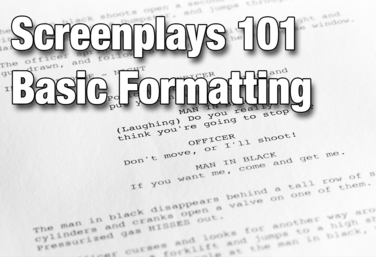
Screenplays 101: Basic Formatting Unit
by Nicholas Pappas
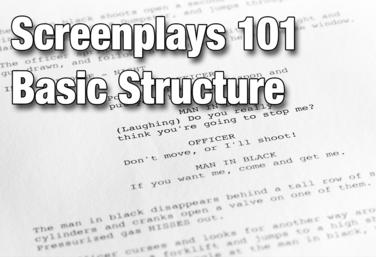
Screenplays 101: Basic Structure Unit
by Nicholas Pappas
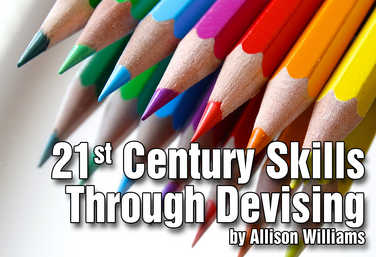
21st Century Skills Through Devising
by Allison Williams
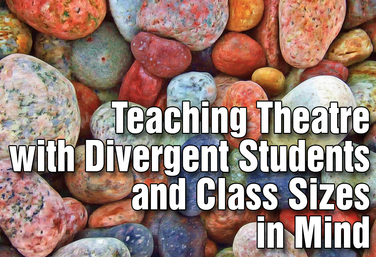
Teaching Theatre with Divergent Students and Class Sizes in Mind
by Steven Stack
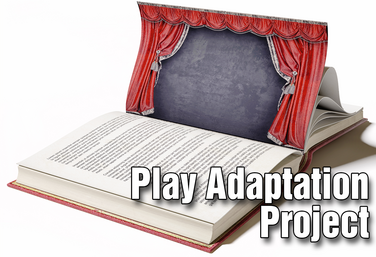
Play Adaptation Project
by Lindsay Price
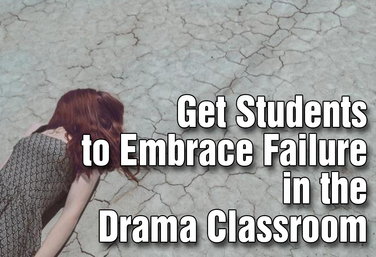
Get Students to Embrace Failure in the Drama Classroom
by Lindsay Price

How to Give Feedback to Student Playwrights
by Nicholas Pappas
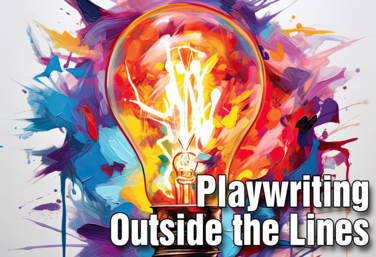
Playwriting Outside the Lines
by Steven Stack
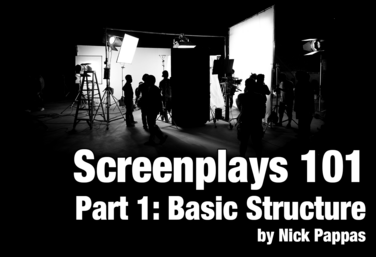
Screenplays 101 - Part 1: Basic Structure
by Nicholas Pappas
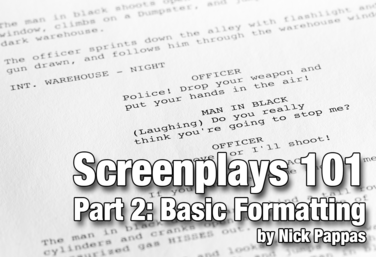
Screenplays 101 - Part 2: Basic Formatting
by Nicholas Pappas
View all Standards for Florida Sunshine State Standards Standards Master List